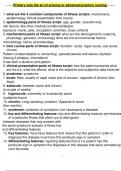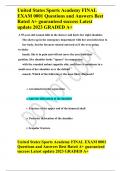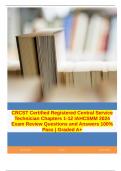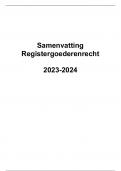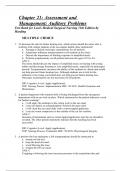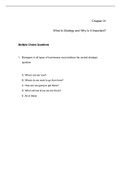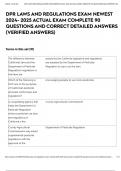Exam (elaborations)
Test bank for primary care the art and science of advanced practice nursing and interprofessional approach 6th edition m dunphy 2024
Test bank for primary care the art and science of advanced practice nursing and interprofessional approach 6th edition m dunphy 2024
[Show more]
